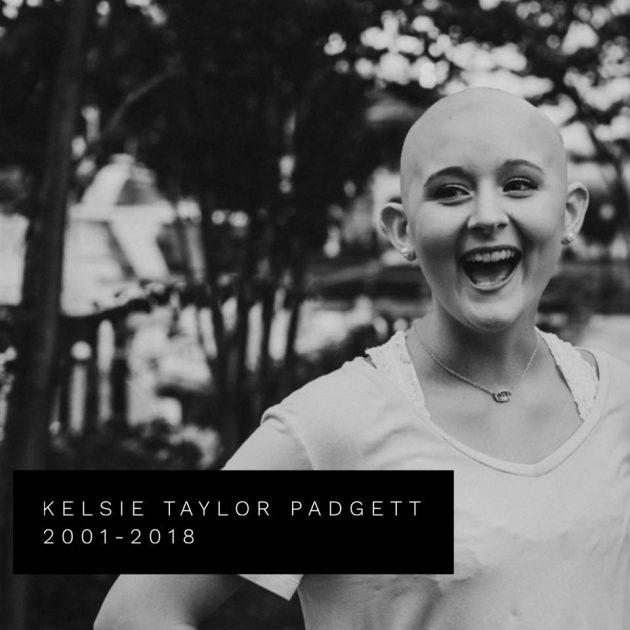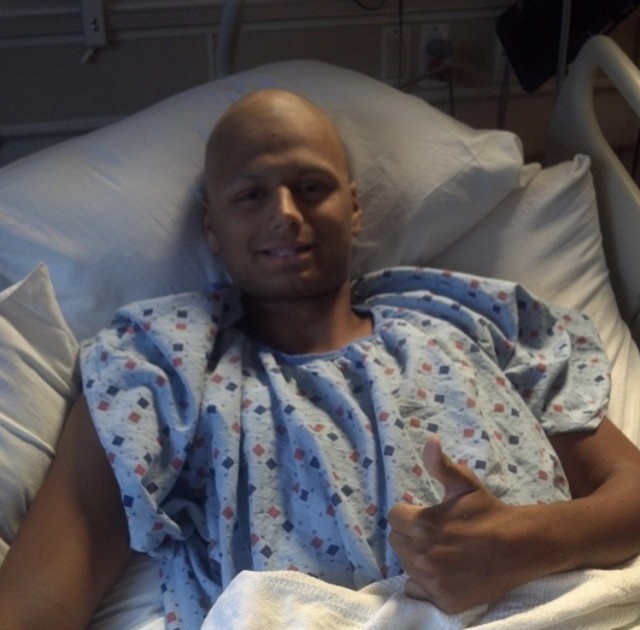Teens and young adults are a unique population of cancer patients. They commonly get different cancers than children and older adults, their cancers behave differently, and they face distinct challenges. Here’s a look at how cancer affects this age group.
Most Common Cancers in Teens and Young Adults
For teens and young adults, the most common cancers include:
- Leukemia
- Lymphoma
- Brain and spinal cord tumors
- Sarcomas
- Skin cancer
- Ovarian cancer
- Testicular cancer
- Thyroid cancer
Diagnosing Cancer in Teens and Young Adults
If your doctor suspects that you have cancer, they might order a blood test or a urine test to look for abnormalities that could be a sign of cancer. They might also order imaging tests such as X-rays or MRIs. The most conclusive way to diagnose cancer is with a biopsy, where a doctor collects a sample of cells from the suspected tumor and sends them to a lab, where they are examined under a microscope. A biopsy can also confirm the type of cancer you have and its grade, which will help determine your course of treatment.
Cancer in teens and young adults is often diagnosed late, when the cancer is at a more advanced stage. This can be due to a number of factors:
- Teens and young adults are usually healthy and don’t regularly see a doctor.
- Teens and young adults are more likely than other age groups to not have health insurance.
- Cancer in teens and young adults is rare, so they might be inclined to blame their symptoms on something else.
Treatment for Teens and Young Adults with Cancer
Treatment for cancer in teens and young adults depends on many factors, including the type of cancer, the patient’s age and how advanced the cancer is. Most cancers are treated with chemotherapy, radiation, surgery or a combination of the three.
Teens and young adults may be treated on a pediatric cancer protocol or an adult cancer protocol. Research shows that for some types of cancer, like acute lymphoblastic leukemia, survival is much improved if they are treated on a pediatric cancer protocol.
Challenges for Teens and Young Adults with Cancer
Dealing with a cancer diagnosis is difficult for anyone, but teens and young adults with cancer face special challenges. Their diagnosis is coming during some of their most formative years, when they are discovering who they are. At a time when they are striving to become more autonomous — maybe they’re starting their first job or moving out of their parents’ home — cancer forces them to become dependent on their parents or others for support.
For teens who are undergoing puberty and becoming more aware of their body image, the hair loss, weight changes and other physical changes that come with cancer treatment can be especially difficult. Teens are also in a period where relationships and fitting in with their peers are of the utmost importance, and the isolation of cancer treatment can be particularly devastating for this group.
Unlike younger children, teens and young adults are also more aware of what a cancer diagnosis means in terms of their survival and possible late effects. For all these reasons, it can be very helpful for teens and young adults with cancer to talk to a professional who has experience working with young people with cancer.
Journaling can be another helpful way to process the complex emotions of a cancer journey. Dance in the Rain: A Journal for Teens with Cancer is designed to help adolescents navigate the ups and downs of their diagnosis, and they can register to receive this and many other resources free of charge by completing this form.
Late Effects of Treatment for Teens and Young Adults with Cancer
The treatment for cancer in teens and young adults can sometimes cause side effects that appear months or years after treatment has ended. These late effects can include:
- Fertility problems
- Hormone imbalances
- Heart or lung problems
- Hearing or vision problems
- Secondary cancers
Because of these risks, it’s important for survivors to follow up with their doctor in the years after treatment ends, and to be upfront with any new doctors about their medical history.
Kelsie’s Story: Living and Loving BIG 
Kelsie had been battling persistent headaches for months. Then she started losing her vision. At 13, cancer was the furthest thing from her mind, but that’s what the tests would confirm she had: glioblastoma, an aggressive, fast-growing brain tumor.
Kelsie underwent surgery to remove the tumor, followed by one month of radiation and chemotherapy, and another year of chemotherapy. For 18 months after treatment, Kelsie was cancer free and thriving. She was active in her school, community and church, and even made the varsity cheerleading squad one month after brain surgery. “She never stopped striving for success in everything she did,” her mom, Tracey, says.
Then, in January 2018, the cancer returned. This time, there were multiple tumors and surgery wasn’t an option. Kelsie entered a clinical trial in the hopes of beating her cancer again, but it wasn’t enough. She passed away just weeks after her 17th birthday.
“Kelsie loved the people in her life BIG and with all she had. Her life made such a huge impact on everyone that knew her,” Tracey remembers. “Cancer can take many things from us, but it can never take the love and the legacy our loved ones leave behind.”
The American Childhood Cancer Organization provides resources and support to children, teens and families facing a childhood cancer diagnosis. Please donate so we can continue to offer our services free of charge.




